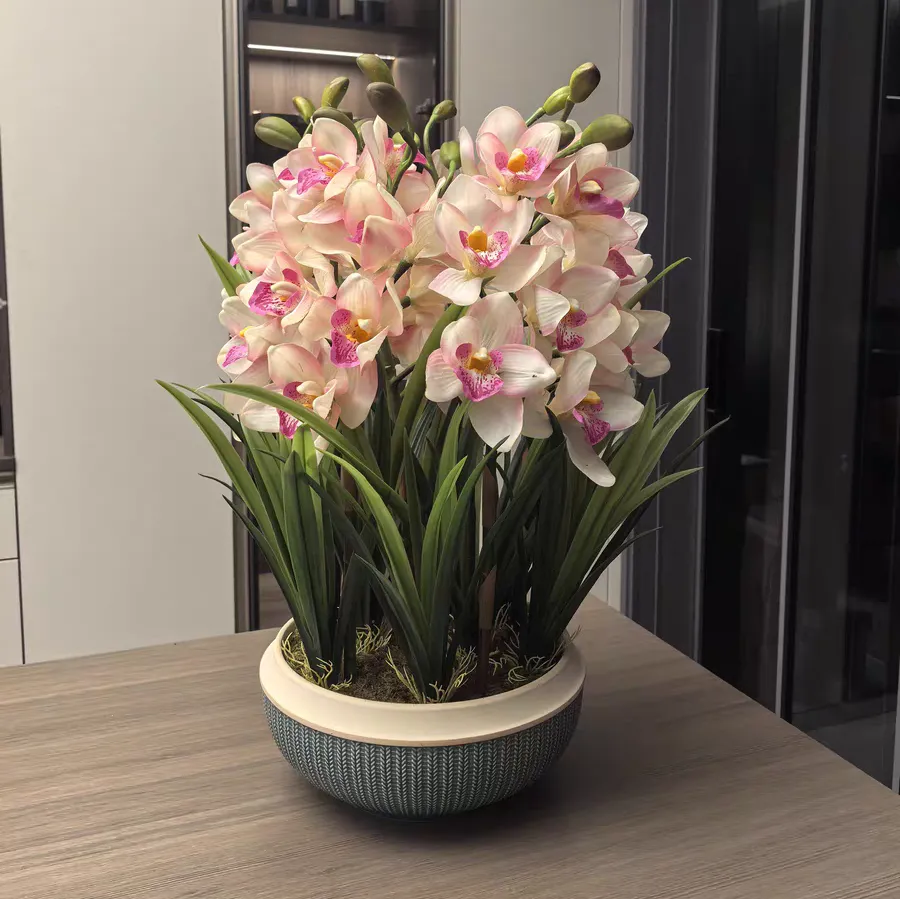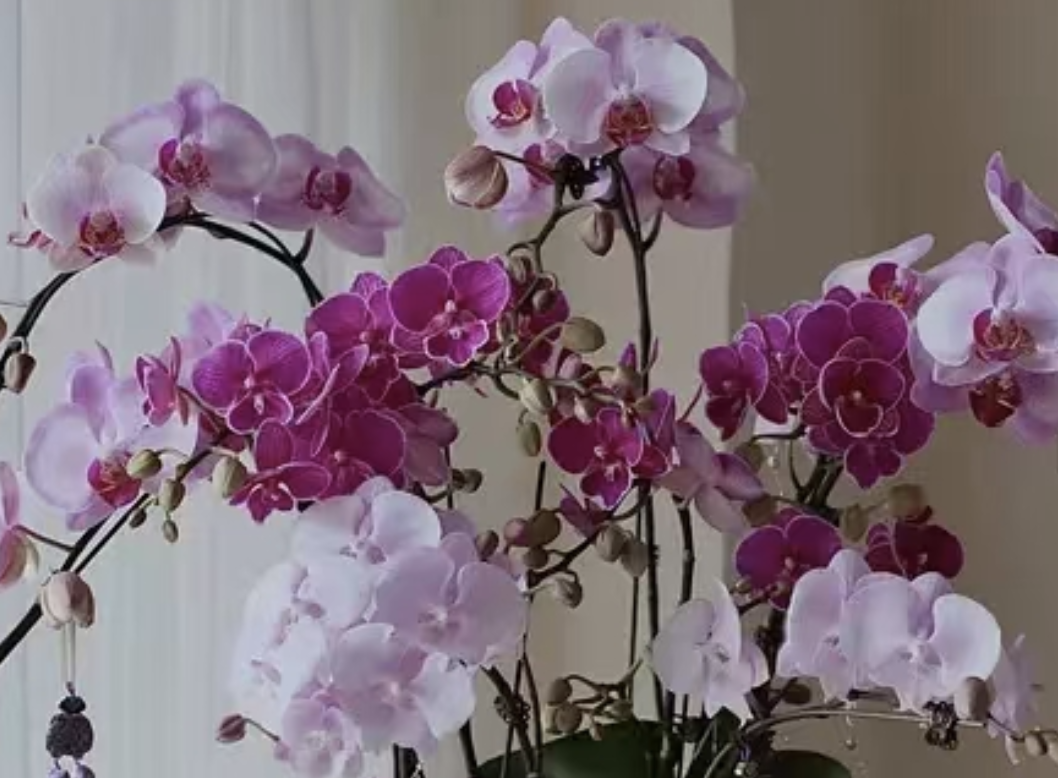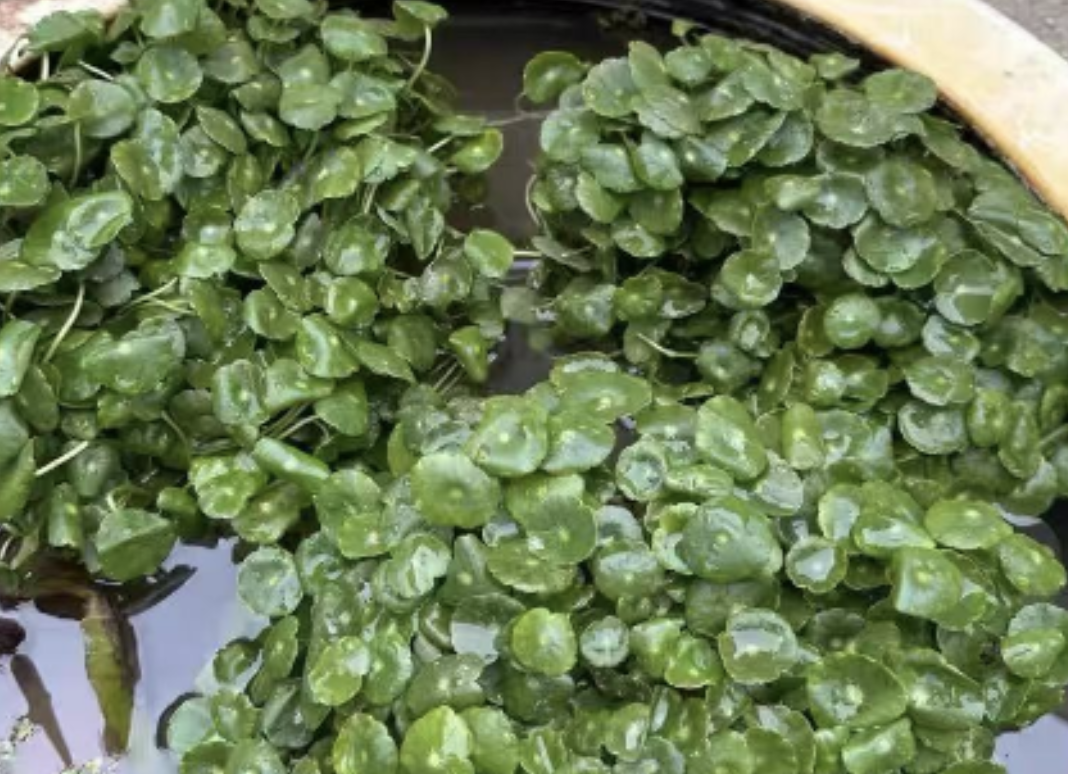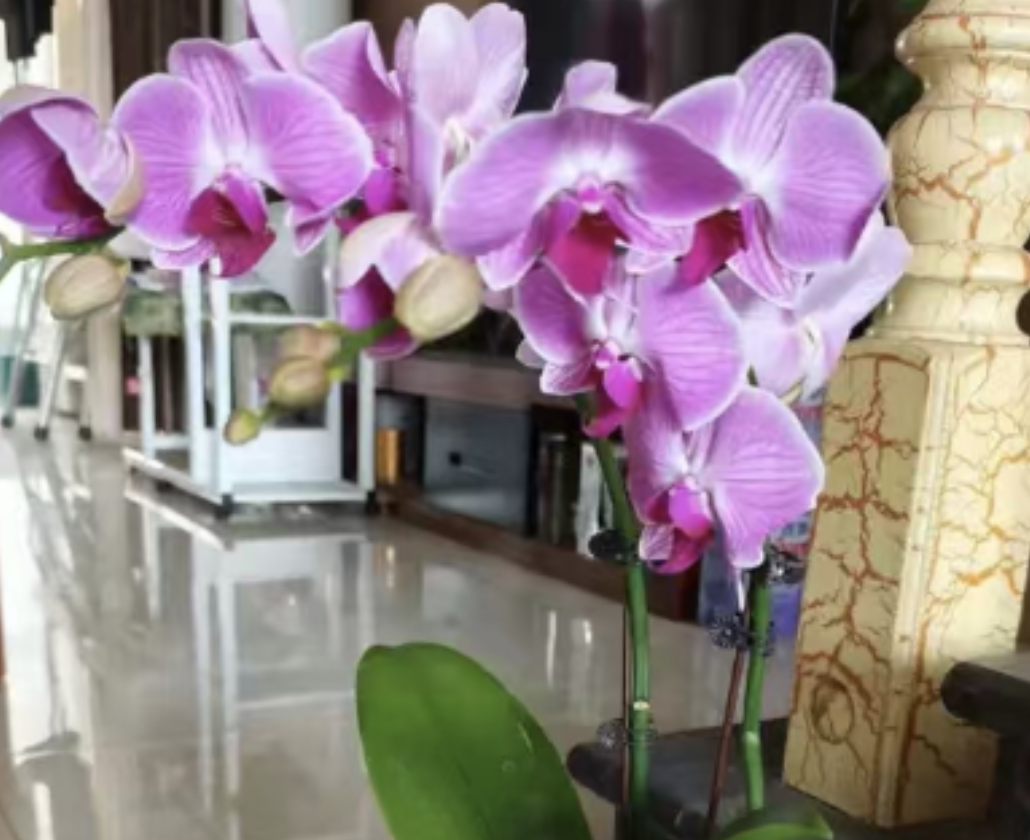Can’t keep your Phalaenopsis orchid alive no matter what? You might have put it in the wrong place! As a tropical epiphytic orchid, it’s actually much better suited to indoor environments—outdoor conditions are full of pitfalls.
### Advantages of Indoor Care
#### 1. Light
Phalaenopsis orchids *hate* direct sunlight! Just half a day of intense outdoor sun can leave their leaves with scorch marks, yellowing, or even severe wilting.
Indoors, though, it’s a different story: Choose an east- or south-facing windowsill and hang a thin sheer curtain. The 4-6 hours of gentle, ample diffused light each day lets the leaves photosynthesize smoothly, keeping them glossy and healthy as they grow.
Even a bright corner of the living room—within 2 meters of a window—provides enough light.
#### 2. Temperature
Tropical plants like these are sensitive to both cold and heat. Outdoor temperature swings can stress them instantly: Frost damage occurs below 10°C in winter, while temperatures over 30°C in summer can suffocate them. Strong winds only make things worse, leaving them shivering.
Indoors, temperature is easy to control: Maintain a comfortable range of 15-28°C. In winter, keep them away from cold drafts from door or window gaps; in summer, set air conditioners no lower than 26°C and occasionally adjust the airflow to avoid direct blasts. This way, they’ll thrive happily.
Unlike the erratic outdoors, the stable indoor temperature keeps Phalaenopsis growing steadily and even extends their flowering period.
#### 3. Roots and Humidity
Phalaenopsis have "air roots" that fear both waterlogging and drought, and they need high humidity—all easier to manage indoors:
- **Right pots and medium**: Use a transparent plastic pot with sphagnum moss as the growing medium, placed in a well-ventilated indoor spot for maximum breathability! The clear pot lets you check roots anytime—white roots mean they’re thirsty; green roots mean moisture is just right. No more guesswork with watering!
- **Boost humidity if needed**: Heated rooms in northern winters or air-conditioned spaces in southern regions can get dry. Place a humidifier nearby to keep humidity around 70%—this prevents leaf tips from drying out and encourages new buds to sprout. No humidifier? A bowl of water near the pot or occasional misting of the surrounding air works too.
### Pitfalls of Outdoor Care
- **Too much sunlight**: Even in spring or autumn, midday sun can burn leaves, leaving ugly spots that harm both appearance and health.
- **Extreme temperature swings**: Hot days followed by sudden cold nights stress Phalaenopsis, leading to bud drop or root rot.
- **High disease risk**: Outdoor rain and dust coat leaves with bacteria, and unstable ventilation makes diseases like black rot or soft rot strike suddenly—hard to treat once they appear.
In short, growing Phalaenopsis is simple: Keep them away from harsh sun, cold, waterlogging, and drought. Place them in a bright, shaded corner, control temperature and humidity, and use the right pots and medium. You’ll watch them sprout new growth, send up flower spikes, and bloom year after year.
Is Phalaenopsis suitable for growing indoors?

Share with
Tagged in :




Leave a Reply